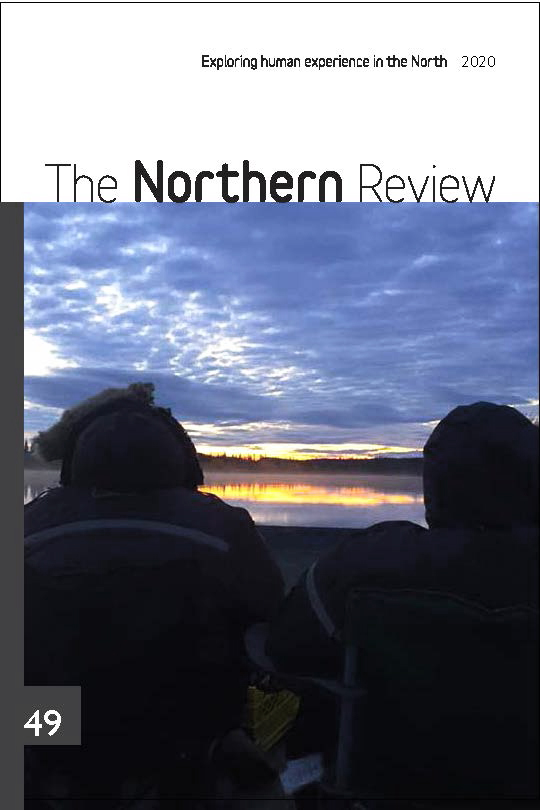Inuit, namiipita? Climate Change Research and Policy: Beyond Canada’s Diversity and Equity Problem
DOI:
https://doi.org/10.22584/nr49.2020.018Keywords:
Climate Change, Inuit, Nunavut, ArcticAbstract
As an Inuk, born and raised in Iqaluit and academically trained in southern Canada, I start my thoughts here with two notable questions that Mary Simon (2017), Minister Bennett’s Special Representative in the cross-sectoral engagement for the new Arctic Policy Framework, kept returning to:
"Why, in spite of substantive progress over the past 40 years, including remarkable achievements such as land claims agreements, Constitutional inclusion and precedent-setting court rulings, does the Arctic continue to exhibit among the worst national social indicators for basic wellness?
"Why, with all the hard-earned tools of empowerment, do many individuals and families not feel empowered and healthy?"
In the same line of inquiry, I ask: Inuit, namiipita? Why, in spite of so much research and policy focus on Arctic climate change, are we Inuit still consultants or fillers in an otherwise Western-driven enterprise to “monitor” climate developments in Inuit Nunangat? This is not to polarize North and South in the otherwise existential task we all have to tackle―climate change. Rather, I want to highlight that the story of climate change research and policy in Canada has so far been the familiar story of marginalization of Inuit in the national narrative; and that it is in Canada’s―indeed humanity’s―interests to have Inuit participate equally and with a sense of utmost urgency in the research and decision-making processes related to the Arctic. It goes beyond the diversity and equity rationale or the moral duty of reconciliation: we simply cannot afford to act differently. ....
.... continued
Downloads
Published
Issue
Section
License
Authors who publish with this journal agree to the following terms:
a. Authors retain copyright and grant the journal right of first publication, with the work simultaneously licensed under a Creative Commons License that allows others to share the work with an acknowledgement of the work's authorship and initial publication in this journal.
b. Authors are able to enter into separate, additional contractual arrangements for the non-exclusive distribution of the journal's published version of the work (e.g., post it to an institutional repository or publish it in a book), with an acknowledgement of its initial publication in this journal.
c. The journal has the right to authorize third-party publishers & aggregators to include the Article in databases or other services (EBSCO, Proquest).
d. The journal has the right to share the Article on the Internet, through social media and other means.


